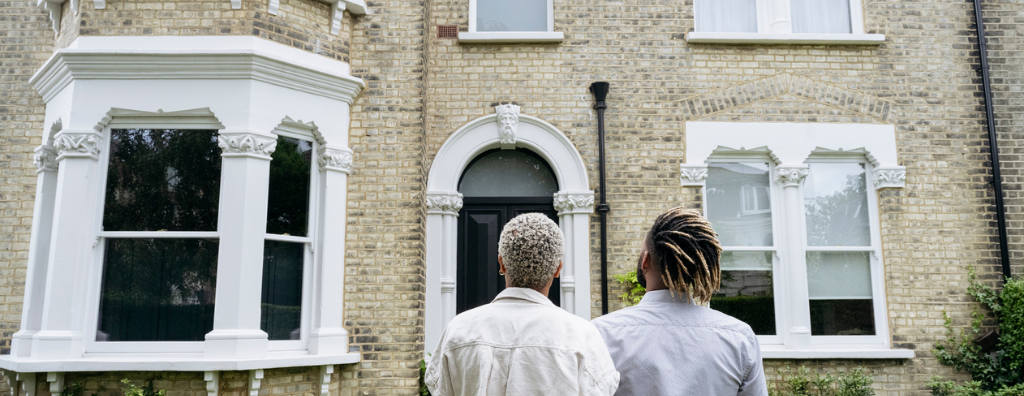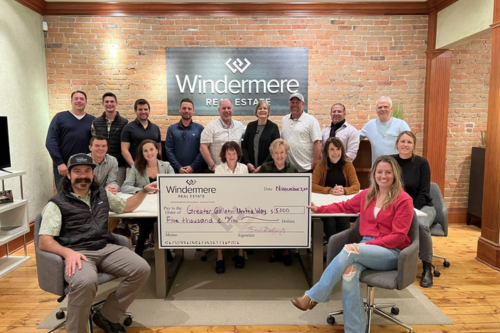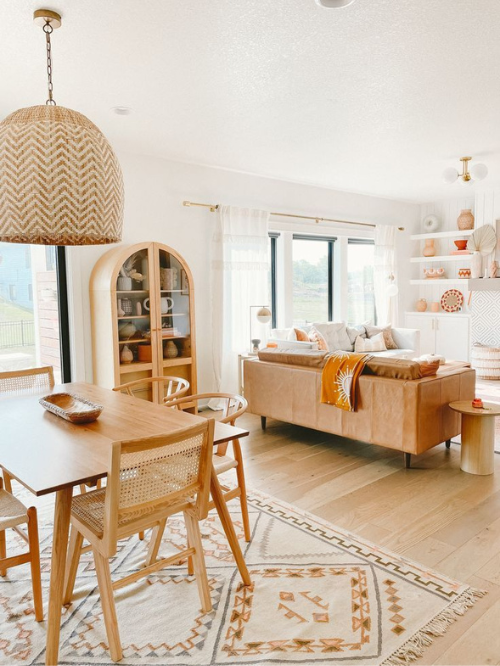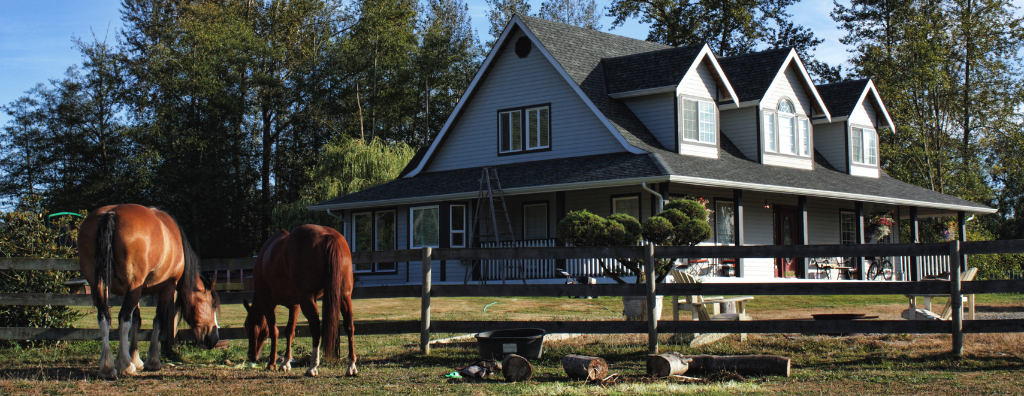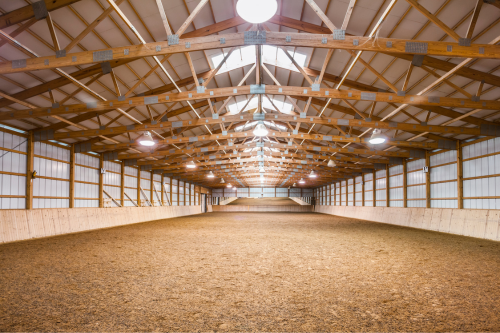After years of collecting furniture, plants, and memories, the thought of preparing your home to sell and moving to a new one can be daunting and stir up a lot of emotions. But selling your home doesn’t have to be stressful; here are a few tips to help make it easier.
Involve your agent early
The earlier you involve your Windermere Real Estate agent, the better they can set you up for success. When you reach out to them, they’ll be able to evaluate your home with their expert opinion based on their experience, and determine what needs to be done.
You and your agent will come up with a plan and timeline that works for you. After they do a comparative market analysis, they’ll have a good idea of what it will take to get the best price for your home. They may suggest you move out so the home can be professionally staged and easily accessed by potential buyers, or if that’s not an option, they will provide insights on what you can do yourself so you can live there while it’s on the market.
They may also see opportunities that are easy to implement, like improving the landscaping for curb appeal or minor projects that can increase your home value.
Working with a real estate agent will help move you through the process of selling your home more efficiently. If you don’t already have an agent and would like to be connected to one, click the button below.
Get an inspection & make necessary repairs
Some sellers may be concerned that their property isn’t in the best condition and that this will impact their home’s value. While some repairs may need to be done before putting your home on the market, you might be surprised that you don’t have to fix everything.
By getting a pre-inspection you’ll know what all needs to be done right away and what can wait. Your Windermere agent will be able to help you understand the inspection report and make decisions based on the condition of your home and the current market. Some repairs will be more important than others, things like a new roof or water heater can help new buyers feel more comfortable in their purchase while a trending remodel may interfere with the buyers own plans for the space.
Split up the selling process into approachable pieces
Once you have a vision for everything that you need to do to get your home prepared to sell, it’s a good idea to split the full project into smaller pieces that you can tackle one by one. You’ll want to determine what needs to be done first, like an inspection or small remodel, and what items can be done at the same time, like moving out and staging. If you take this approach, the final preparations will feel less overwhelming.
When you prepare well ahead of time, the actual process of selling will be less overwhelming, and you’ll have the confidence that you’ve done everything you can to make the most of the investment you put into your home.
Then comes packing and moving, but don’t worry, we have some tips to make that easier too, read here.
 Facebook
Facebook
 Twitter
Twitter
 Pinterest
Pinterest
 Copy Link
Copy Link





